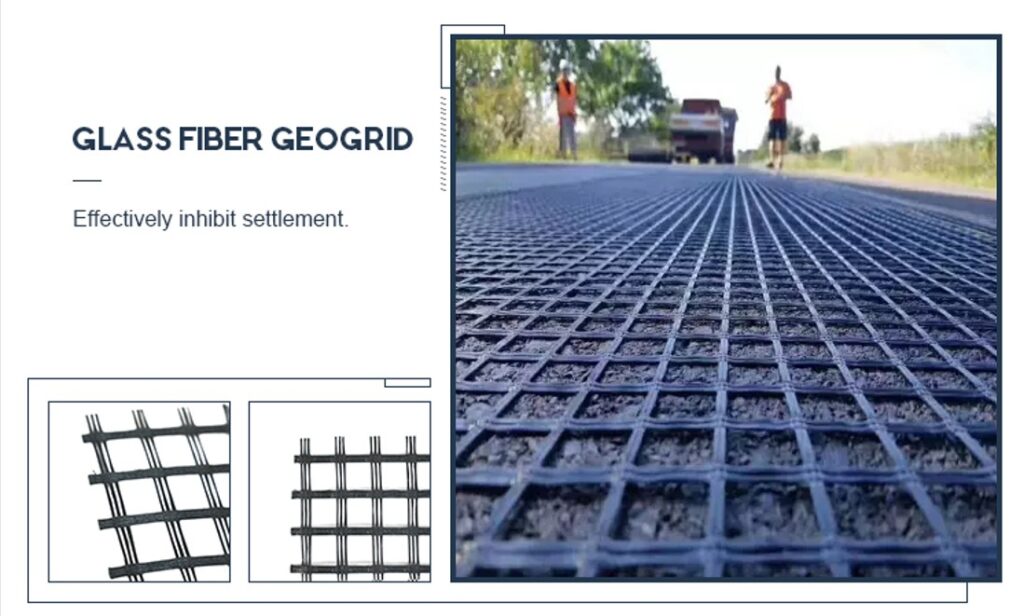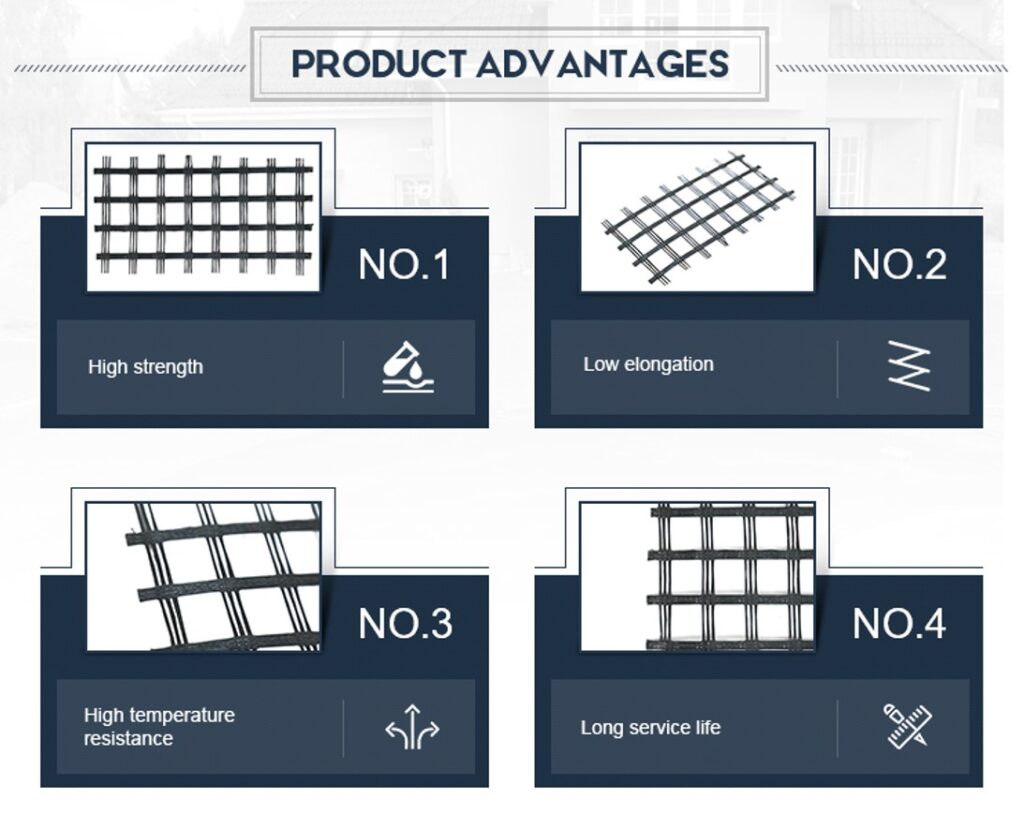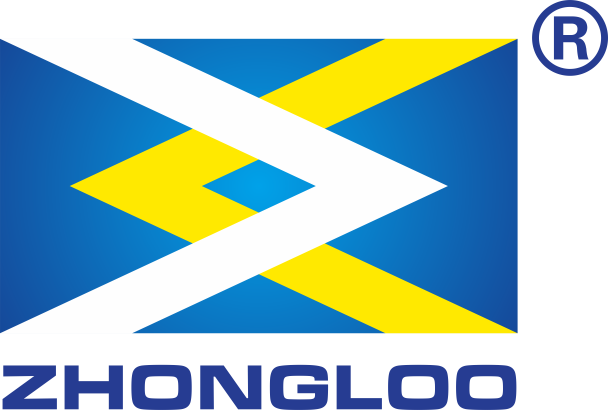ZHONGLU uniaxially stretched plastic geogrid focuses on Yili uniaxially stretched plastic geogrid, which is a permeable geosynthetic material made of synthetic fibers through needle punching or weaving. The finished product is cloth-like, generally 4-6 meters wide and 50-100 meters long.
Uniaxially stretched plastic geogrids have many advantages:
- 1) Ventilation
- 2) Filterability
- 3) Thermal insulation
- 4) Water absorption
- 5) Water resistance
- 6) Scalability
- 7) Not disheveled
- 8) Feel good and soft
- 9) Lightness
- 10) Resilient and resilient
- 11) No directionality of cloth
- 12) Compared with textile cloth, it has high productivity and fast production speed
- 13) Low price, mass production, etc. the

The disadvantages of uniaxially stretched plastic geogrid are:
- 1) The strength and durability of uniaxially stretched plastic geogrids are poorer than those of textile fabrics;
- 2) Drainage of artificially filled sports field foundation. Uniaxially stretched plastic geogrids cannot be cleaned like other fabrics;
- 3) Unidirectional tensile plastic geogrid fibers are arranged in a certain direction, so it is easy to split from the right angle direction and so on.
Therefore, the recent improvement of production methods is mainly focused on the improvement of preventing splitting. Raw materials The plant fibers used in industrial non-woven geotextiles mainly include cotton and jute, and their main chemical components are cellulose. Labor protection clothing, packaging bags and fabrics made of cotton and jute are early industrial non-woven geotextiles, which are simple and low-end products. With the development of the national exhibition economy, the proportion of plant fiber industrial fibers will gradually decrease. In its place are synthetic fibers.
Uniaxially stretched plastic geogrid refers to fibers made through chemical treatment and mechanical processing. Chemical fibers can be divided into recycled fibers, synthetic fibers, and non-woven geotextiles according to the different processing methods of the raw materials used. Non-woven geotextiles use natural high polymers such as cellulose as raw materials, and fibers made by chemical methods. Viscose fibers are regenerated cellulose fibers, almost entirely composed of cellulose. The early non-woven geotextiles were all filaments, called viscose silk, which could also be cut into short fibers. There were cotton-type viscose fibers and wool-type viscose fibers. raw material.

ZHONGLU uniaxially stretched plastic geogrid integrates research, development, design and manufacture, and has strong technical force. It has established close cooperative relations with many scientific research units, colleges and design institutes. The products have the characteristics of wide application fields, anti-aging, good durability, corrosion resistance, and environmental protection. They are mainly used in landfills, tailings dams, highways, railways, water conservancy, electric power, soil and water conservation, environmental greening and infrastructure construction. For a long time, the company has continuously won the market with its strong technical force, excellent product quality and perfect after-sales service. Engineering, has received unanimous praise from the engineering community and the majority of users with her talent. Turned into a cloud of black mist. Reached the current high defense point. .
